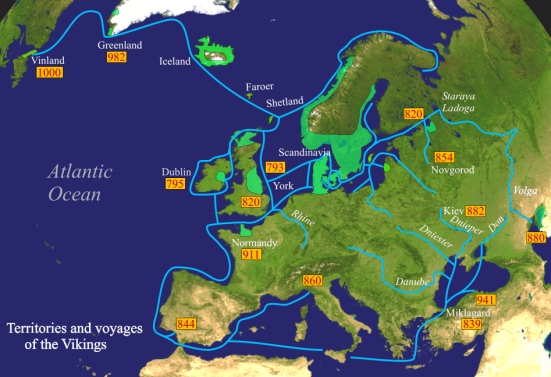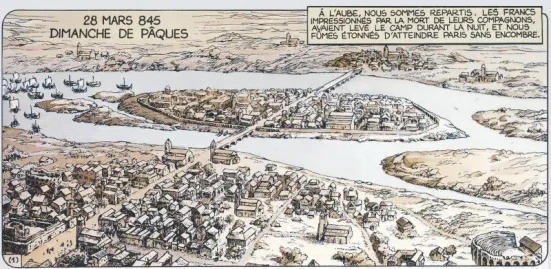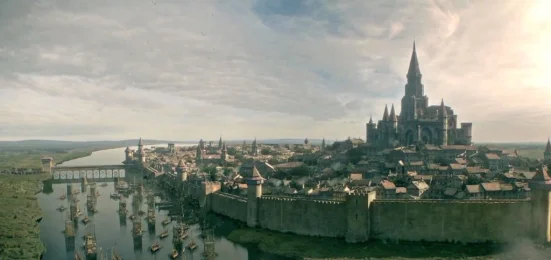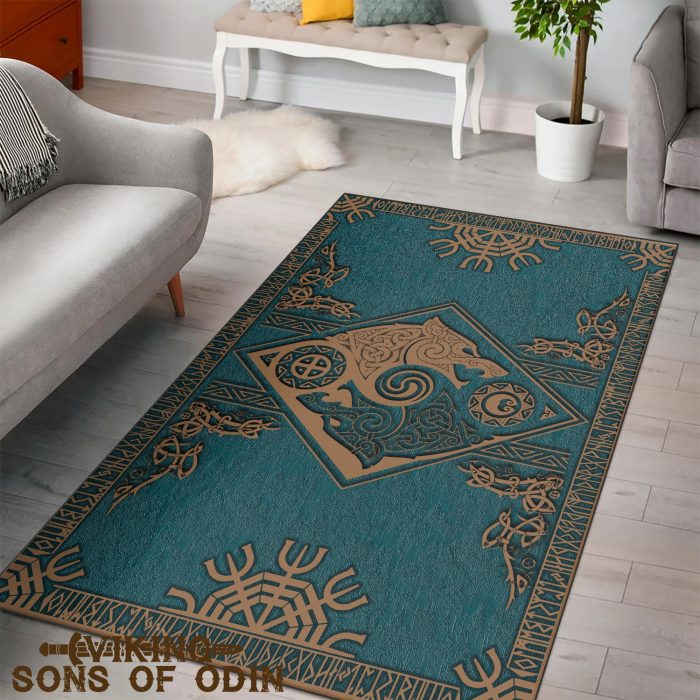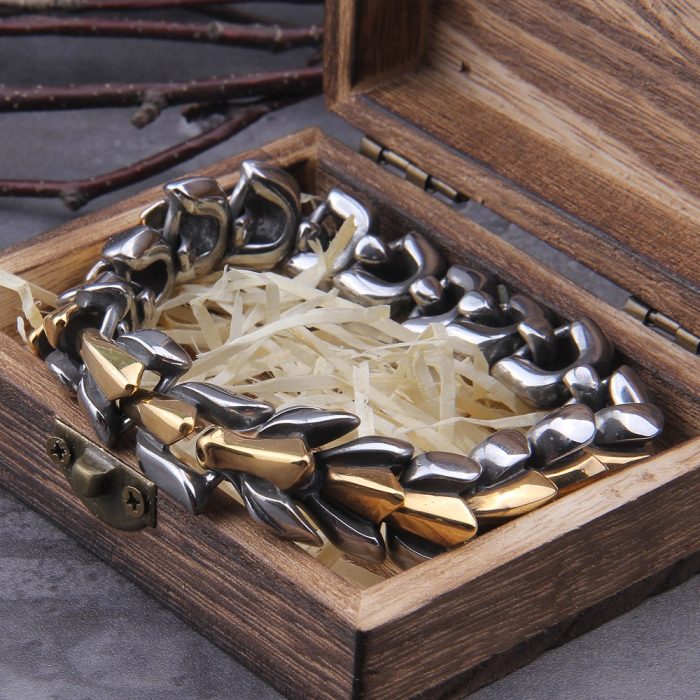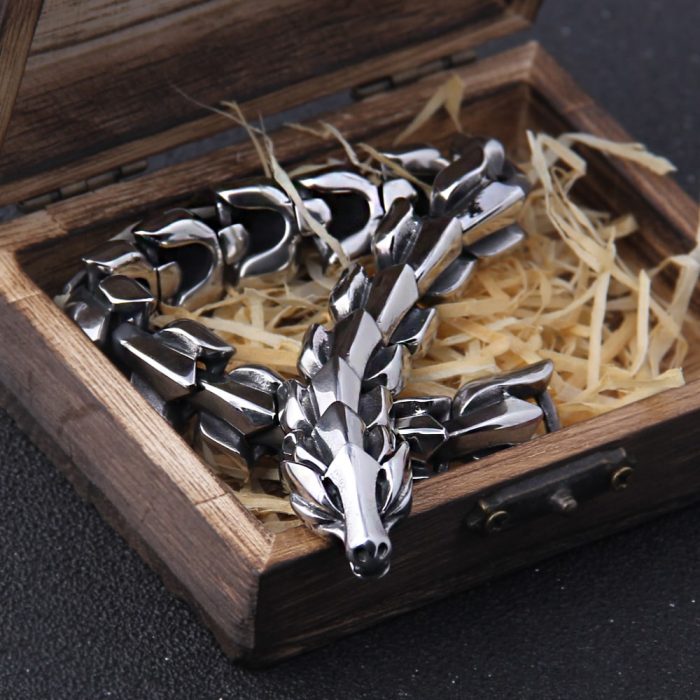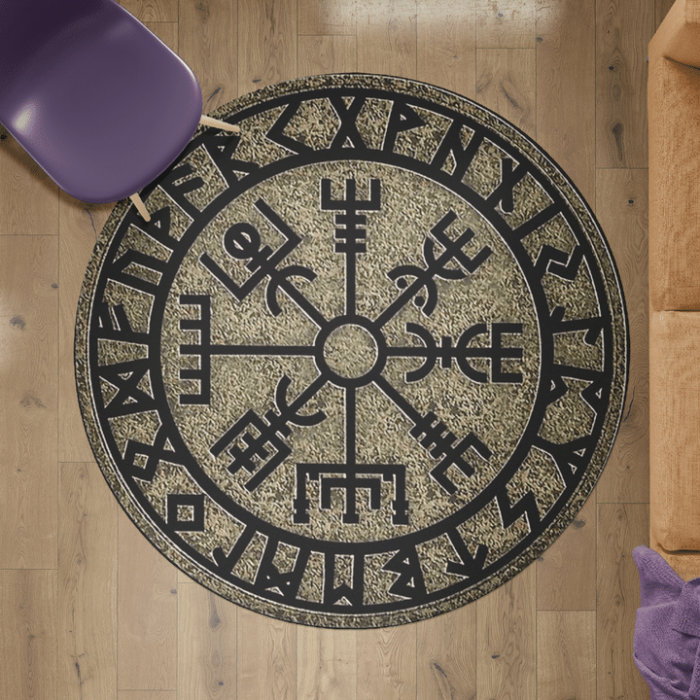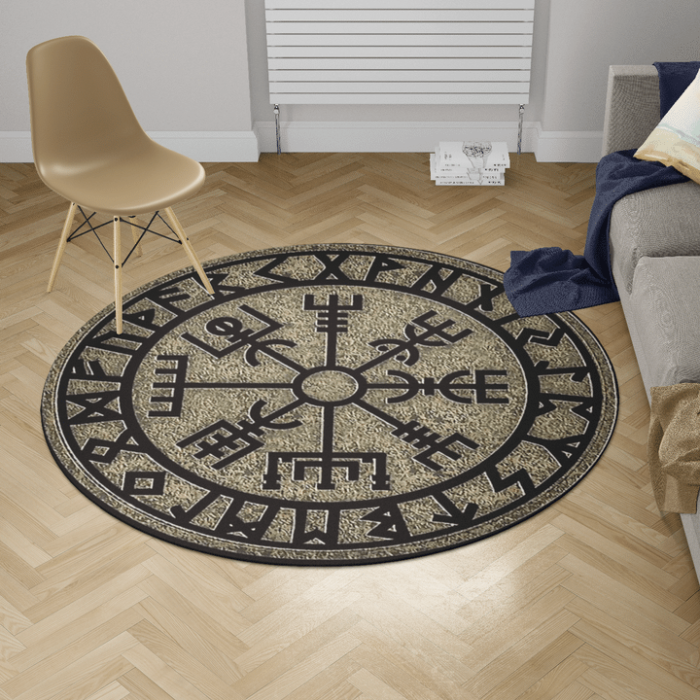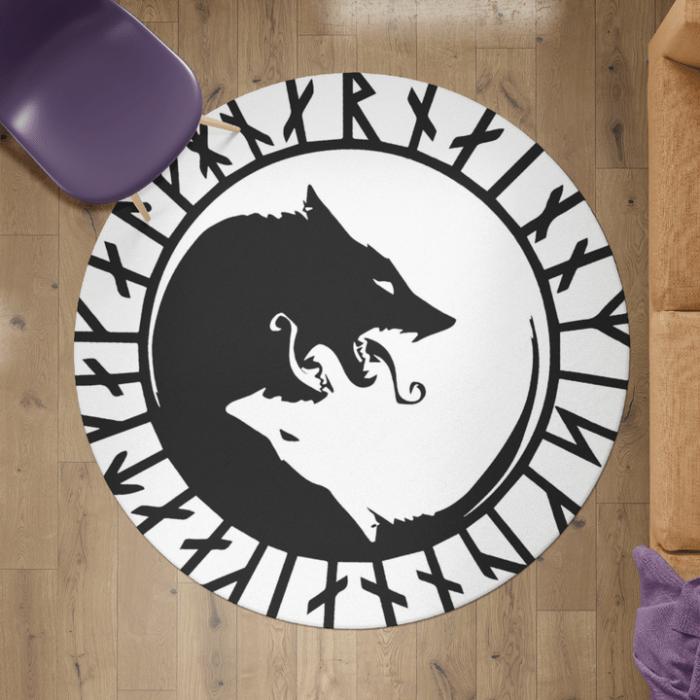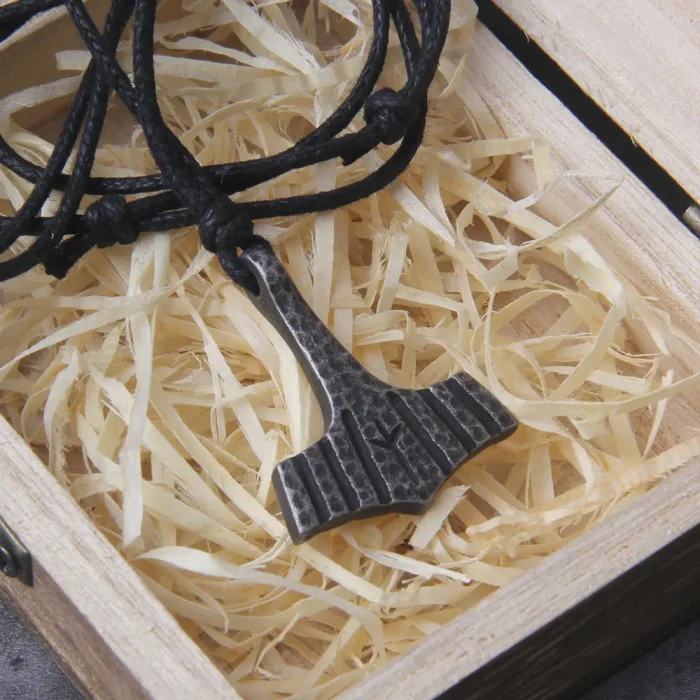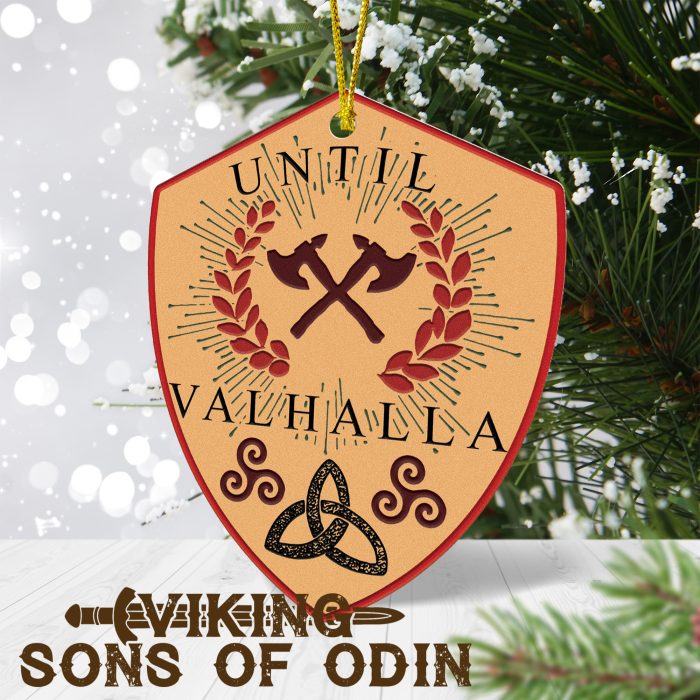Nordic Discovery, Viking
The Viking Age – Historical Studies Part 4
“ROLLO CONQUER” COMBINED NORMANDY REGION
Rollo was a famous Viking leader who lived in the late 9th and early 10th centuries AD. He is known as the ruler and first Duke of Normandy. In fact, Rollo is said to have not used the title “Duke”. It was used by his later descendants when referring to him. Today, Rollo is part of popular culture, thanks to British actor Clive Standen, who played Rollo in the TV show “Vikings”. However, the role of “Rollo” on TV only describes a small part of the life of this great leader in history.
Rollo, also known as Rollon (in French), Rou (in Norman), and Hrólfr (in Old Norse). There are many medieval documents written about Rollo’s life. Mostly written by Norwegian and Danish historians. An official biography of Rollo is found in the “History of Normandy”, compiled by the historian Dudo of Saint-Quentin during the second half of the 10th century AD. In 986, Dudo, a priest of Saint-Quentin, who was sent to Norman by the Earl of Vermandois, to seek help against Hugh Capet, the Frankish King of the Capet dynasty. Dudo was later hired by Richard I, grandson of Rollo, to rewrite the history of the dukes of Normandy. Between 1015 and 1026 AD, Dudo completed his work “Regarding the Customs and Conduct of the First Dukes of Normandy” (De moribus et actis primorum Normanniae ducum. “Concerning the Customs and Deeds of the First Dukes of the Normans”).
ROLLO, THE VIKING WINNER AND THE ROAD TO POWER
Rollo is believed to have been born around 860 AD, and the place of origin is unknown, his homeland is known only in Scandinavia but it is not clear whether it was Denmark or Norway. According to historian Dudo, Rollo was born crying in the Dacia region around the Eastern European Alps. Many people interpret that area as Danish. However, another source notes that Rollo came from Norway. Historian Snorri Sturluson writes in “Heimskringla” that there was a Norwegian Viking warrior Rolf Ganger, who bears some resemblance to Rollo. The name “Rolf Ganger” means “Rolf the Pedestrian” and this nickname was given to him because “he was so fat that no horse could carry him so he had to walk wherever he wanted to go”. . This Rolf Ganger also appears in Icelandic-Norway documents, such as the Latin “History of Norway” and the “Fagrskinna”.
Rollo could be Norwegian or Danish, but he was certainly banished from his homeland. According to Dudo, the ruler of Dacia was in conflict with Rollo’s clan. When Rollo’s father died, he left the inheritance to his two sons, Rollo and Gurim. The king took the opportunity of his death to expand his territory and “bring disaster on the son because of the sin of the father”. In the end, the king decided to attack Rollo, but was unable to defeat him. The conflict lasted for more than a year. Seeing no results, the king decided to cease war with Rollo. Rollo welcomes this armistice, but does not expect the king’s plan. At nightfall, he overruns Rollo’s territory, and set up ambushes around. He pretended to be unable to fight back to lure Rollo out of the city, falling into his ambush trap. Rollo found himself caught between two opposing armies, and his men fell one by one, including his brother. Fortunately, he escaped from Dacia and sailed to the island of Scania with the rest of his army.
The story of the deportation is also recorded in the book “Heimskringla”. According to Sturluson, Rollo was the son of Count Ragnvald, a friend of the King of Norway, Harald Fairhair, and Hild, daughter of Rolf Nefia. Rollo has a younger brother, Thorer, and many other half-brothers. As Rollo matures, he becomes a fearsome Viking warrior. One summer he swept the shores of Viken. Harald, who happened to be also in Viken, heard about the raid and was furious, as he forbade his men from plundering along the Norwegian border. The king convened a council and here Rollo was found guilty. Rollo accepted his punishment and sailed west, where he continued his sweeps.
ROLLO AND THE VIKING WINNERS Sweep PARIS, FRANCE
Rollo lived in what Europeans called the “Viking Age”. This era lasted from the 8th to the 11th century AD. During the Viking Age, Scandinavian conquerors, such as Rollo, regularly plundered the coasts. Although the British Isles were the victims of most of this plunder, Viking warriors often set foot on the European continent, and once reached as far as Eastern Europe. However, the Viking warriors did not have much contact with the countries of mainland Europe, and their activities in Eastern Europe were also non-violent. In the British Isles and in Eastern Europe, they became permanent settlers. In the continent, they were unlucky to establish settlements, except for Rollo.
While Rollo discovered Normandy, he was not exactly the first Viking to sweep France, or West Frank (West Francia, the western region of the Frankish Empire divided into East and West Frank). The Vikings have been sweeping France since the late 8th century AD. When France was still part of the Carolingian Empire (the Carolingian Empire, a large Frankish empire of the early Middle Ages in Western and Central Europe), the then emperor, Charlemagne, built fortresses along the coast. to protect his kingdom. Although these fortresses prevented some Viking attacks, they were unable to stop their advance. One of the most famous Viking attacks was the Siege of Paris in 845 AD. That year, more than 5,000 Viking warriors besieged Paris. The Vikings reached Paris via the Seine on 120 ships led by the chieftain Ragnar (Reginherus). This leader is sometimes attributed to Ragnar Lothbrok, a prominent figure in Norse legends. Four years before the Siege, this Ragnar was given some lands in Flanders (a large landmass comprising parts of present-day France, Belgium and the Netherlands) by Emperor Charles the Bald (Charles the Bald, grandson) by Charlemagne). Soon, however, the Ragnar displeased the Emperor and was forced to return home.
In retaliation, Ragnar decided to launch an attack on France. Viking warriors descended the Seine, and plundered Rouen on their way to Paris. Charles was determined to defend the Basilica of Saint Denis, north of Paris, so he gathered his army, divided into two garrison stationed on both banks of the Seine. Ragnar attacked the smaller garrison, defeated them, and took prisoner. After this victory, the Vikings continued their journey and reached Paris by Easter. Ragnar and his men entered the city and plundered it. The Vikings only left Paris when a gold chest of about 7000 livres was paid to them. When Ragnar withdrew, he proceeded to sweep some of the Frankish lands.
Over the next few decades, the Vikings launched many raids on the West Franks. Even the city of Paris was attacked a total of three times during the 860s. In each of those times, the Vikings left only after looting or being paid a ransom. At the same time, however, the Franks began to anticipate these attacks. For example, in AD 846, two temporary bridges were erected to cross the Seine to Paris (located on the island of Île de la Cité). Moreover, the citadel of Paris was fortified to prevent the advance of the Vikings. These preparations were first tested in 885, when the Vikings again attacked the citadel of Paris.
Although the city of Paris was fortified, the kingdom of West Frankish became gradually weaker from 885. An example of this is the death of King Charles in 887, and was succeeded by a series of rulers. another short-lived king. The Vikings realized the weakness of the Franks and seized the opportunity to attack Paris once more. The Viking army, led by Sigfred, Sinric, and Rollo, issues an ultimatum to King Charles the Fat (Charles III, aka Charles the Fat). When the demands are not met, they launch an attack on Paris.
The defense of the castle depends only on Odo, Count of Paris. He prepared for the Viking invasion by erecting two watchtowers to protect the bridges built in 864. At the end of November 885, the Vikings also arrived. They asked for tribute, but were refused. So they began to lay siege to the city. The biggest challenge for them is 2 bridges, 1 stone, 1 wooden. Since the wooden bridge seems to be weaker, the Vikings focused on this point first. They tried to destroy the watchtower here, but it took 3 months to succeed. In February 886, the Vikings tried to destroy the wooden bridge by crashing their burning boats into it. Although the bridge did not collapse, it was weakened. Then a flood after heavy rain eventually washed away the bridge. The watchtower is now occupied by the Vikings.
However, the castle still stands. Despite attacking Paris, the Vikings also took advantage of sweeping the surrounding suburbs. This gave the Franks an opportunity to replenish their food and seek outside help. By April Sigfred realized that he could no longer besiege the city. So he asked for a small bargain (about 60 silver livres) to withdraw. However, Rollo and his men continued to surround the city. During the summer, the remaining Vikings made a final attack on the city but were still unsuccessful. Finally, the king and his relief army appeared.
However, instead of resisting the Vikings, Charles decided to pay them 700 silver livres to lift the siege. The Vikings then attacked Burgundy, which was resisting Frankish rule. The people of Paris felt betrayed by the king’s actions. When the Vikings returned home from sacking Burgundy, the Parisians refused to let them down the Seine. As a result, the Vikings had to drag their ships on land to another river area on the outskirts. After King Charles was deposed in 888, Odo, who was celebrated as the “Savior of Paris”, became the new king of West Frankish.
As for Rollo, he returned home, but returned to West Frank at the beginning of the 10th century AD. By 911, he had established himself in the Seine Valley. That same year he tried to attack the citadel of Paris but failed. Rollo tried to lay siege to Chartres but failed. The king, Charles the Simple, decided that instead of eliminating Rollo, it would be better to compromise with him. As a result, the Saint-Clair-sur-Epte Agreement was established between the two parties. In exchange for the region of Neustria, Rollo had to give up his barbarian behavior. This land was later called Normandy, the people in the area called the Normans, a misnomer of the word “Northmen” referring to the Nordic people. Later, Rollo was no longer an enemy but one of the lords of the French kings.
ROLLO ESTABLISHING THE NORMANDY ROYALTY
According to historian Dudo, Rollo was given by King Charles to marry his daughter, Gisela, as an alliance. Dudo also tells the story in which Rollo kissed the foot of King Charles, as a sign of submission. He was unhappy about this because it intentionally offended him. Instead, he had someone else kiss the king’s feet. However, the one who kissed the king’s feet, did not bow down, but lifted the king’s feet and kissed them. This made the king fall backwards, causing laughter to everyone present at the signing of the Agreement. In another section, historian Dudo claims that Rollo married Popa of Bayeux, daughter of “Earl Berengar” and the couple had a son, William Longsword, Rollo’s heir.
Rollo died around 932 AD. According to historian Dudo, Rollo gave power to his son, William Longsword, shortly before his death. While some sources claim that Rollo converted to Catholicism, others claim that he remained a pagan until his death. Rollo’s reign spanned many centuries. The Normans expanded their territory, establishing dynasties over Great Britain, Southern Italy (Kingdom of Sicily, Kingdom of Sicily) and the Near East (the Principality of Antioch).
Part 1 Part 2 Part 3 Part 4

